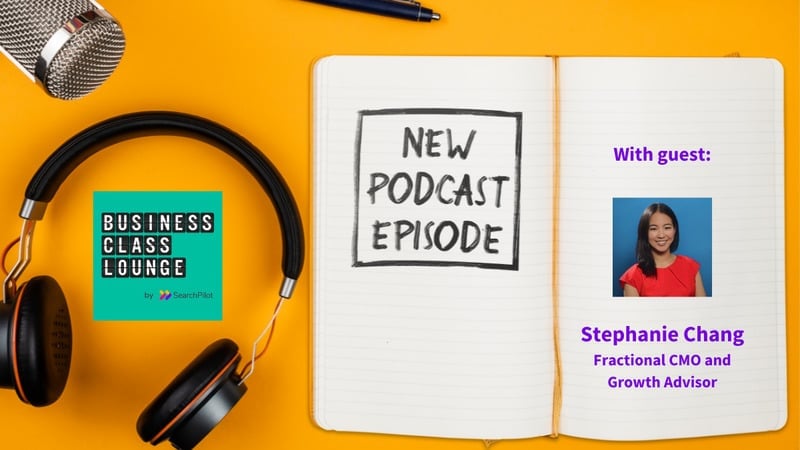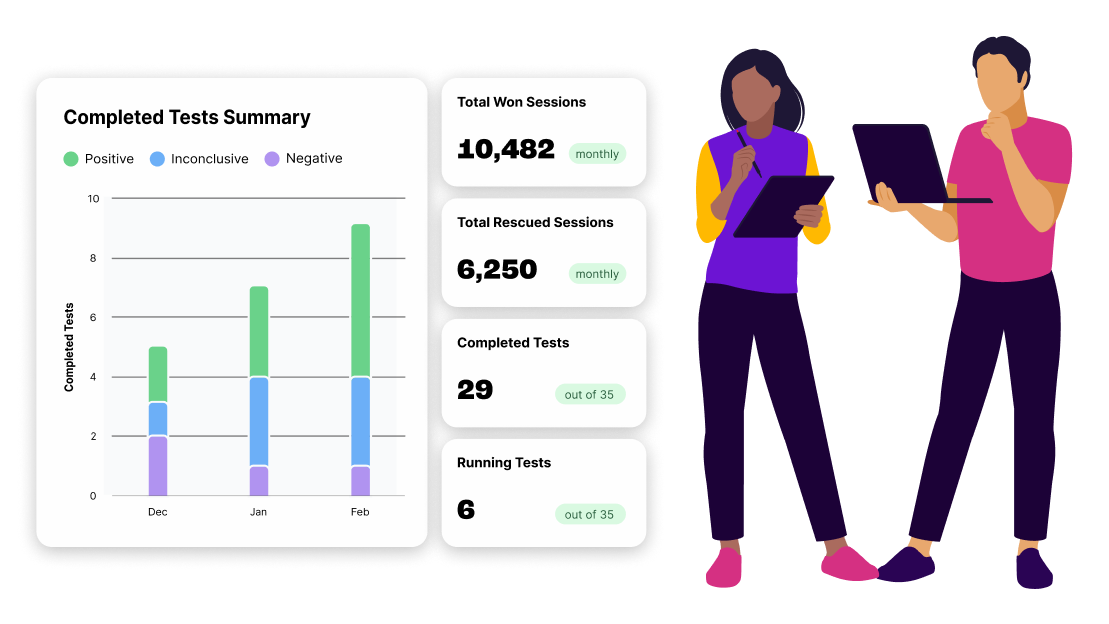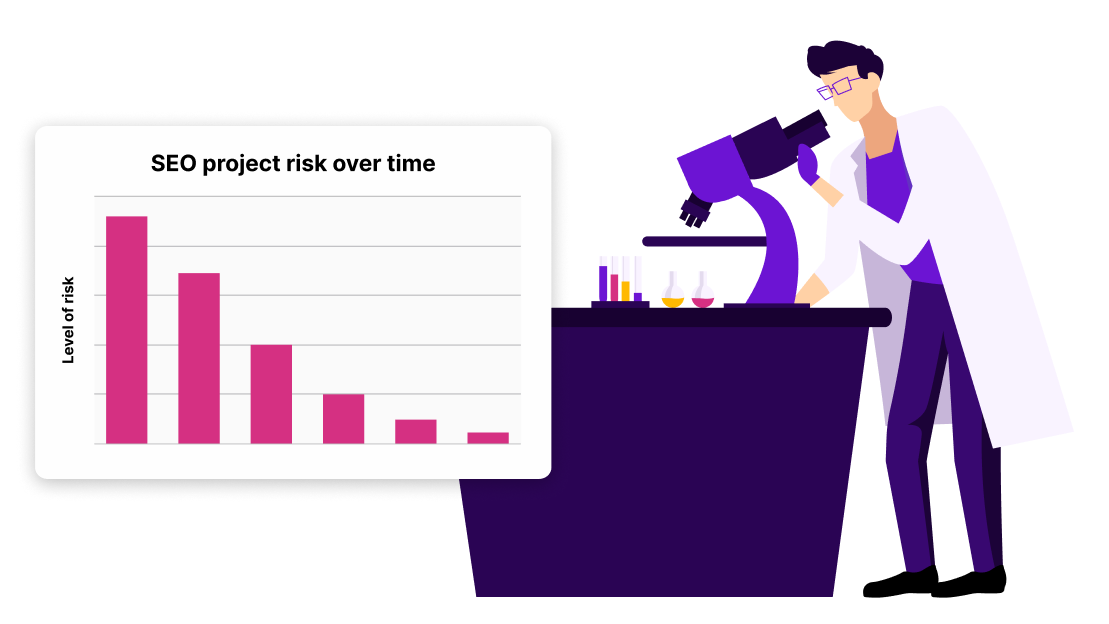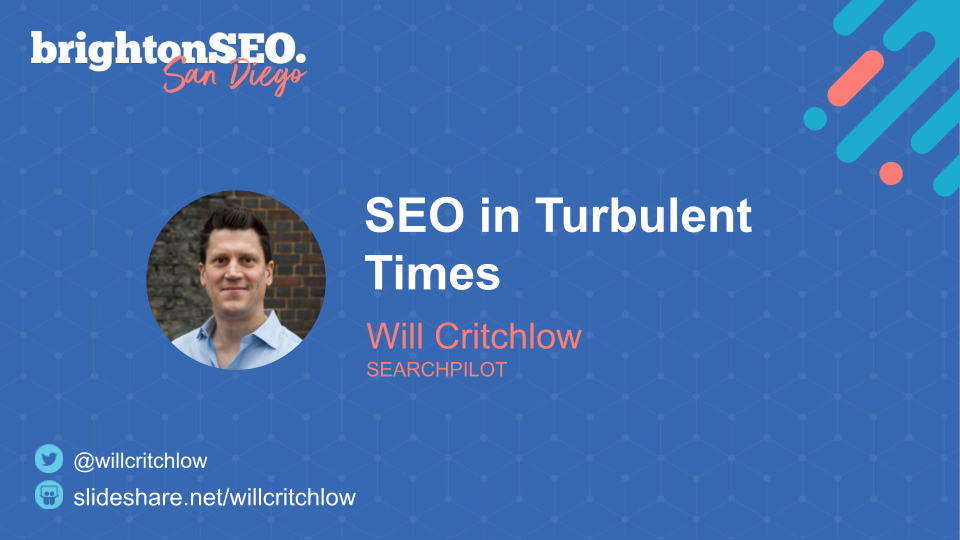I interviewed Stephanie Chang for Episode 8 of the Business Class Lounge podcast. Stephanie is a neuroscience major turned growth marketer who I first met over a decade ago when she joined the New York office of my agency, Distilled. Since then, she’s built her career leading growth and strategy at Etsy and Glossier before starting her own fractional CMO business in 2020.
Over the past three years, she’s helped startup CEOs work through their most difficult growth and go-to-market challenges. She’s driven, intelligent and inspirational, and I think we’re all going to learn a ton from her.
In this episode, we talk about her ambitious approach to self-learning for her career development, agency hiring and management, how she speaks department lingo to create a storyboard and get different teams’ buy-in to the organization’s vision, and how she creates a culture of risk-taking balanced with results. We also talk about her experience as a public school teacher in South Bronx which I believe also contributed to her resilient nature. Of course, we also covered marketing, budgeting, and leadership. There’s a lot to unpack so below is just an excerpt from this episode. If you want to listen to the full interview, click the player below. The episode is also out now wherever you get your podcasts.
How have you handled continuing professional development and how do you continue learning?
Stephanie Chang (SC): I got my start at Distilled, which is how I met you, Will. Originally it was a lot of reading industry blogs. At the time it was Moz, Search Engine Land, and then when I became the Head of SEO at Etsy and developed a strategy there that learning continued. It really changed as the needs of the job changed. One way I’ve always been on top of it is, “Okay, I know that I want to progress and expand into these new channels. Where are the opportunities there to learn?’ A lot of it is being connected with people who are very knowledgeable in the space and having one-to-one conversations and then just being a bit of a fly on the wall and saying, “Okay, what are the requirements? What did you wish you had learned?”
At my level now, I’m actually not reading as much marketing material or leadership and management material. It’s more about psychology.
I’m starting to get more inspiration from less directly-related sources and just thinking about how people think, how people behave, and how people react so I can better anticipate the future.
And that has really helped as well. Because I’ve started getting inspiration [from all kinds of places:] from food bloggers, like how do they think about the chemistry of food? How do you think about nonprofit organizations and organization development in those industries? How do you think about fundraising? Just because those are the things that spark new interest and new curiosity within me. Finding those nuggets of inspiration have become more and more important in this phase of my career.
How have you seen vision done well to cascade from the company-level down to each department?
SC: For me, a really strong company has a very clear mission and a clear vision, and we really reiterate that vision consistently within the org. And one or two times is not enough. People have to hear it over and over again so it’s ingrained into “Okay, what is the purpose and why are we all here?” My job as a leader is then: “If that’s the vision, then this is the strategy and the path that we should take to accomplish this vision in this duration of time.” So I need to have that clarity in communicating it in a way that my team says, “I know how I can be a valuable contributor to this vision through X, Y, and Z. And it is actually really important.” Otherwise, it just becomes too high level and not something that they feel like they’re actually truly having an impact on. So that tangibility is really key here as a leader.
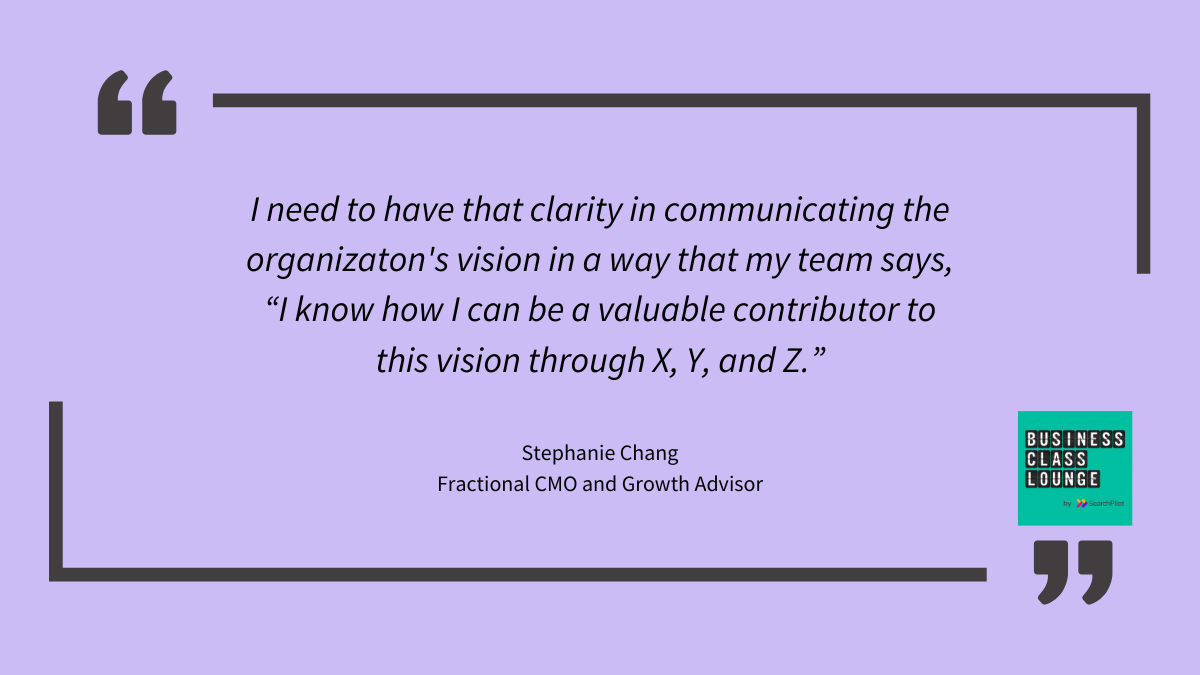
The second thing is how you keep the team focused on the most important work. You can be inspired after hearing a vision and have 10,000 ideas. What ends up happening is if you let people run through those 10,000 ideas, they’re going to burn themselves out and actually not feel internally or externally rewarded for all the effort they’ve put in.
Part of that is the fine line of being able to explain to people why it is important, how to prioritize it, and then to go through and be very consistent and deliberate with the way you communicate that so that people are always focused on the right things and know that it’s rewarded in some way and appreciated within the org.
At the same time, there’s this fine balance of how to have that ruthless prioritization but still allow people to take certain risks. How do you create some type of framework for risk-taking, which isn’t like people saying, “I’ve pitched 10 ideas and not one has gotten approved.” That can be very demoralizing. But also you don’t want to be like, “Okay, your job is to solely focus on improving CAC by 2% month over month” which in another way is also very demoralizing. So how do you create and reward experiments and risk-taking within your org in a way that is going to be appreciated and valued in all aspects?
And so that’s the way I think about the line between leading and managing within my own department and doing it at all levels. Training my managers to do that with their direct reports is part of the culture I want to create. We value risk. We value leaning in. We value hard work. We value all of those things. Not only do I say it, but actually in every moment of every day: we do our best to live by those values.
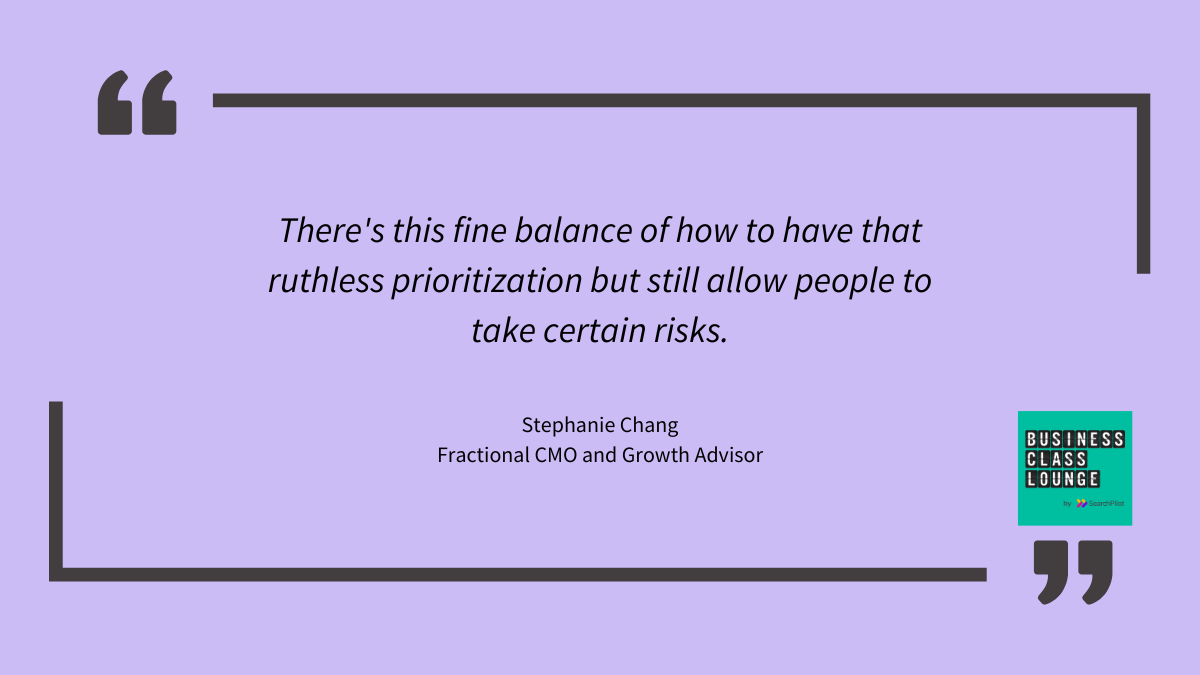
What did you learn in the public school system as a teacher and as an educator that you feel like you still lean on in your career today?
SC: There were a couple of components. First of all, it’s the most difficult job I’ve ever had by far. What’s actually really hard about public school teaching that I took away is how you combine your aspirations to be truly inspirational and to help develop children with how you realize how not impactful you are in the grand scheme of things. I worked in the South Bronx and you’re seeing layers and layers of challenges that children go through in their home life, in their day-to-day life. And you realize,
“Okay, what is the best situation I can create today?”
Part of that is [asking whether there is] some way I can build resilience in myself and rise above certain challenges within my circumstances. That mentality has carried me through because I realize if you don’t have that - if you don’t believe in yourself and you don’t push yourself above your circumstances, you’re going to end up being exactly in the same situation. That’s really a hard pill to swallow and that’s something hard to watch as well. But it’s painfully enlightening in some ways as well. And so that part I take with me.
And then the other part, you start seeing a lot of biases. When I transitioned immediately from a public school system that’s in a high-need environment to the work environment, I really see the gap of biases that are prevalent in all aspects of it. Even the way that people talk, the way the hiring process deems a qualified candidate, all of that. I started getting a real sense of how truly difficult it is to even get an entry-level job at a marketing agency and how competitive it is. For me, it was an incredibly humbling experience in many ways. And so that part I still carry with me to this day is to realize how truly fortunate I am and how many people have opened doors for me and how not everyone gets that opportunity.
Want more?
Head over to the Business Class Lounge to hear great conversations like this wherever you get your podcasts from: Apple, Spotify, Amazon, or YouTube or you can catch them all directly from the feed here.
I’d love to hear your thoughts on this eighth episode, email me at podcast@searchpilot.com or send me a message on LinkedIn. You can also find Stephanie on LinkedIn and reach her there if you need any startup growth advice.
